Preclinical research from McGill University suggests that nerve injuries can create long-term changes in the immune system, and these changes may not be the same for males and females.
Nerve injuries are common and can occur from stretching,…
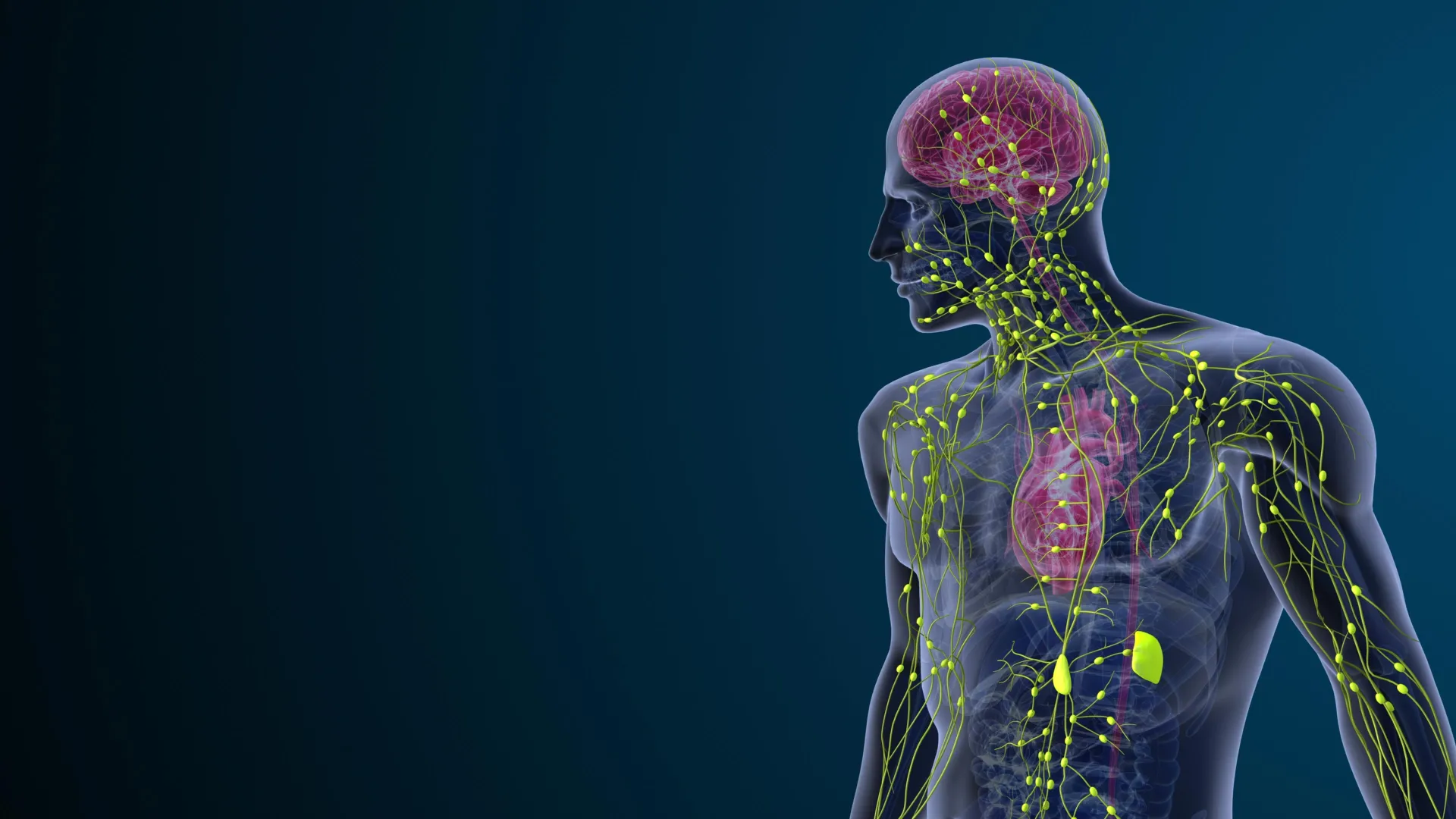
Preclinical research from McGill University suggests that nerve injuries can create long-term changes in the immune system, and these changes may not be the same for males and females.
Nerve injuries are common and can occur from stretching,…

Preclinical research from McGill University suggests that nerve injuries can create long-term changes in the immune system, and these changes may not be the same for males and females.
Nerve injuries are common and can occur from stretching,…

As the EU’s flagship Healthier Together – Non-Communicable Diseases (NCD) initiative moves into its final two years, health experts warn the programme risks falling behind the fast-evolving science on metabolic health.
While the 2022–2027…
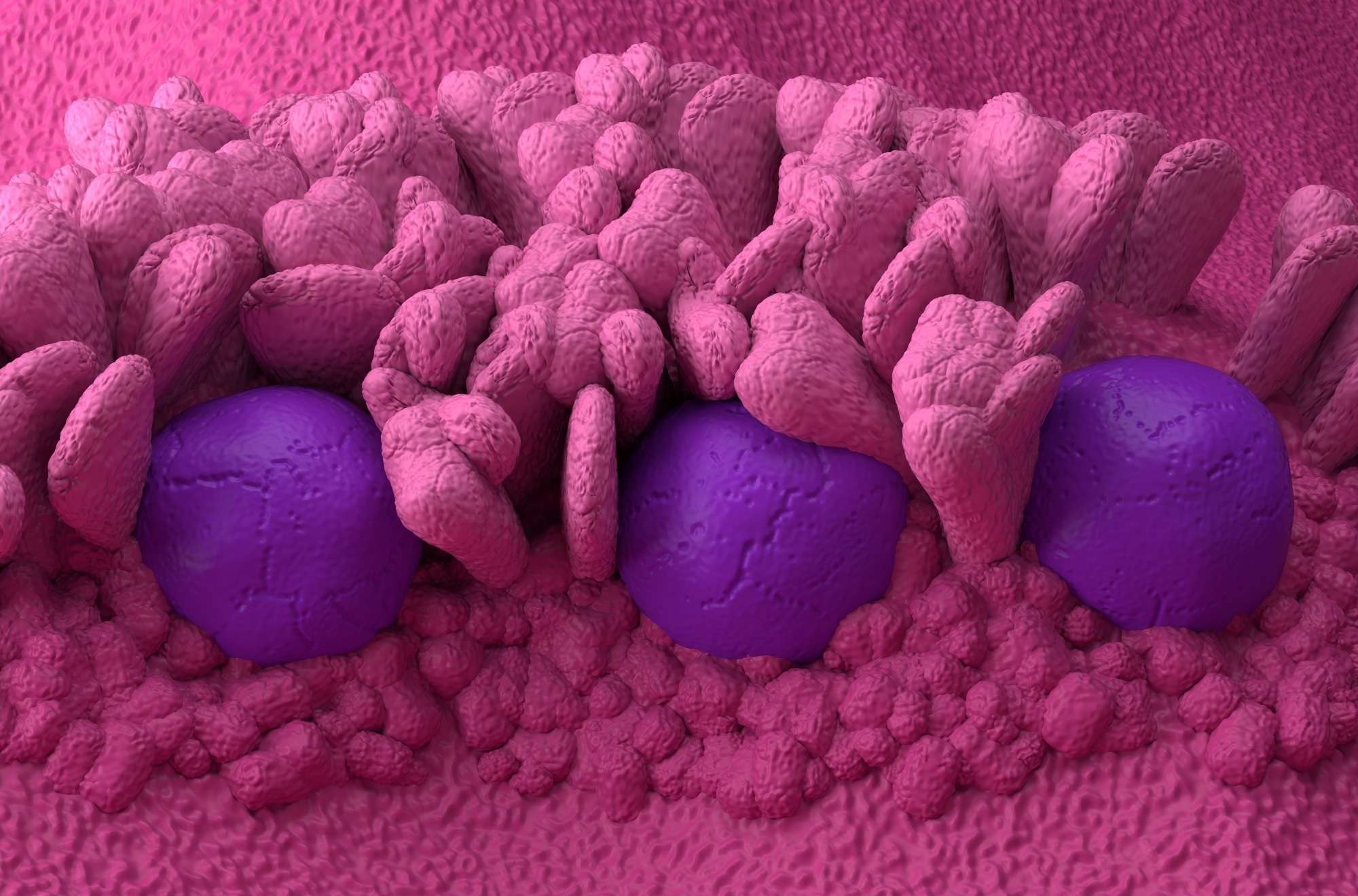
New evidence shows that human M cells act as fully fledged antigen-presenting cells, processing and presenting gluten peptides through a dendritic cell-like pathway that may shape early coeliac disease immunity.
Study: Human gut M…
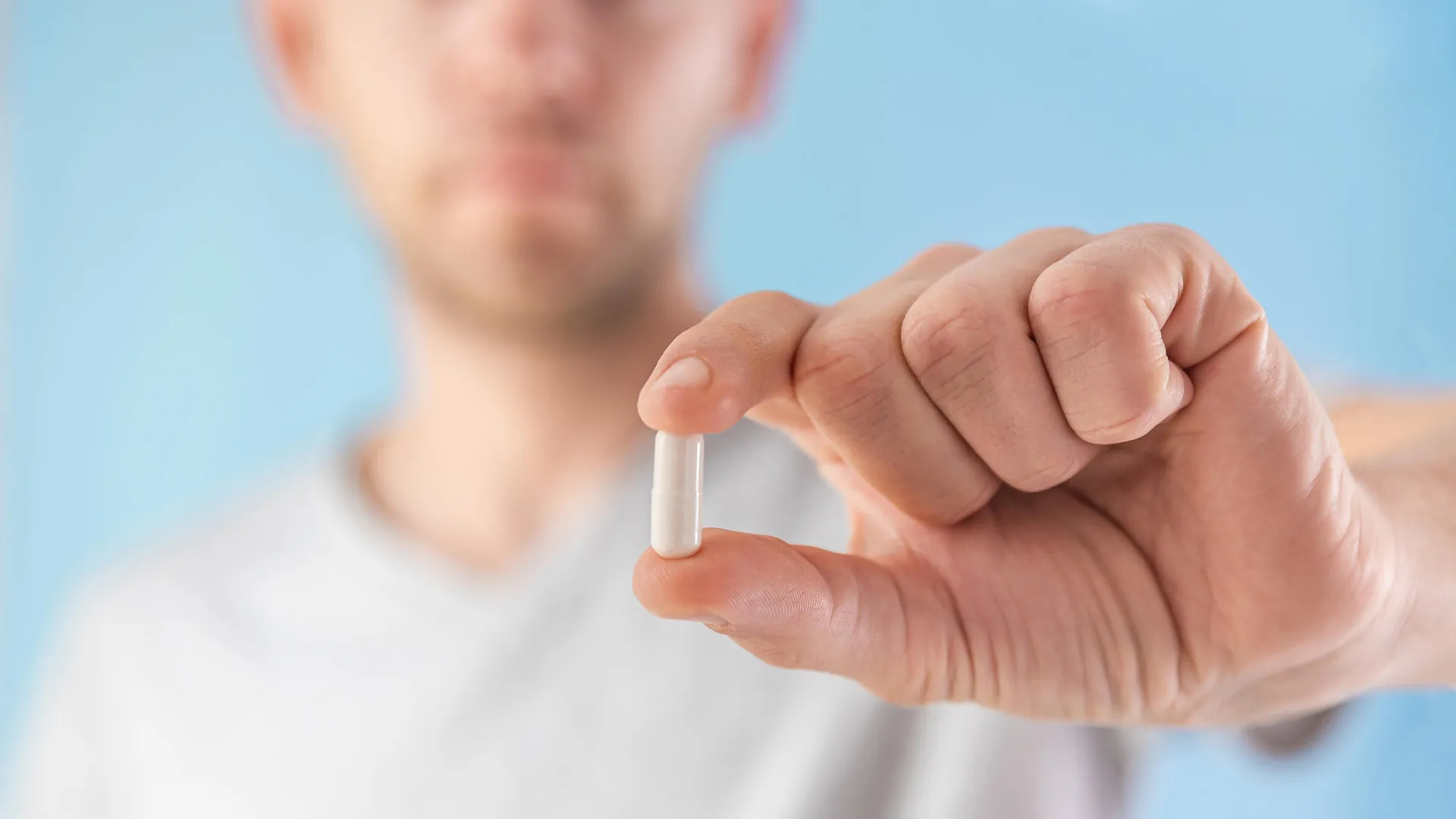
Long COVID continues to disrupt millions of lives, especially through persistent neurological symptoms like fatigue, sleep problems, and brain fog. Researchers tested whether raising NAD+ levels with high-dose nicotinamide riboside could help…

Long COVID continues to disrupt millions of lives, especially through persistent neurological symptoms like fatigue, sleep problems, and brain fog. Researchers tested whether raising NAD+ levels with high-dose nicotinamide riboside could help…
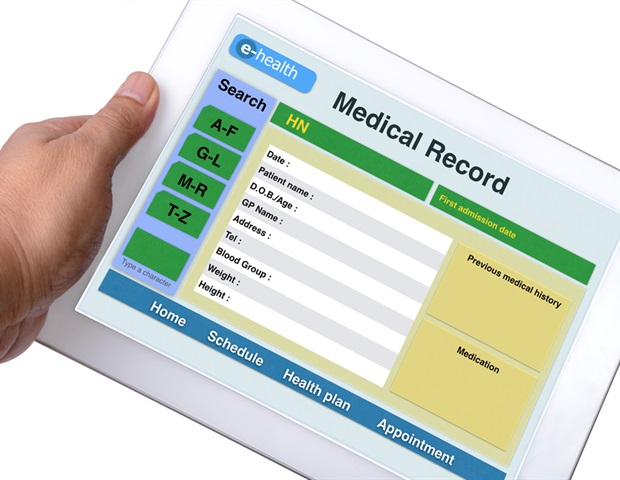
A strategy for advance care planning (ACP) that included automated outreach from staff who contacted patients to offer assistance significantly boosted the number of patients who completed documentation outlining their wishes in…
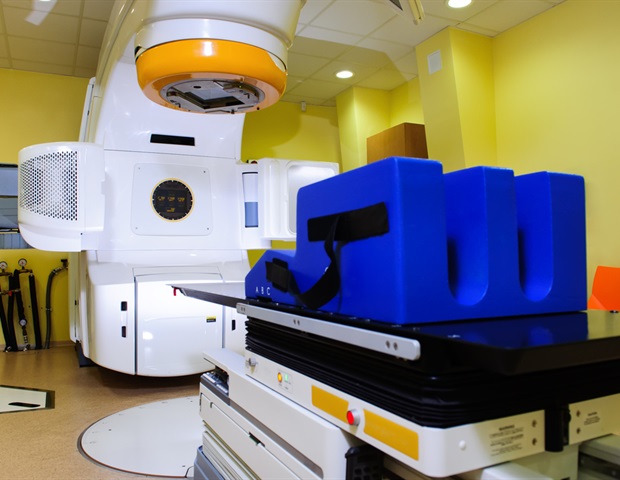
A new study published today in The Lancet showed a significant survival benefit for patients with oropharyngeal cancers who were treated with proton therapy (IMPT) compared to those treated with traditional radiation therapy (IMRT)….